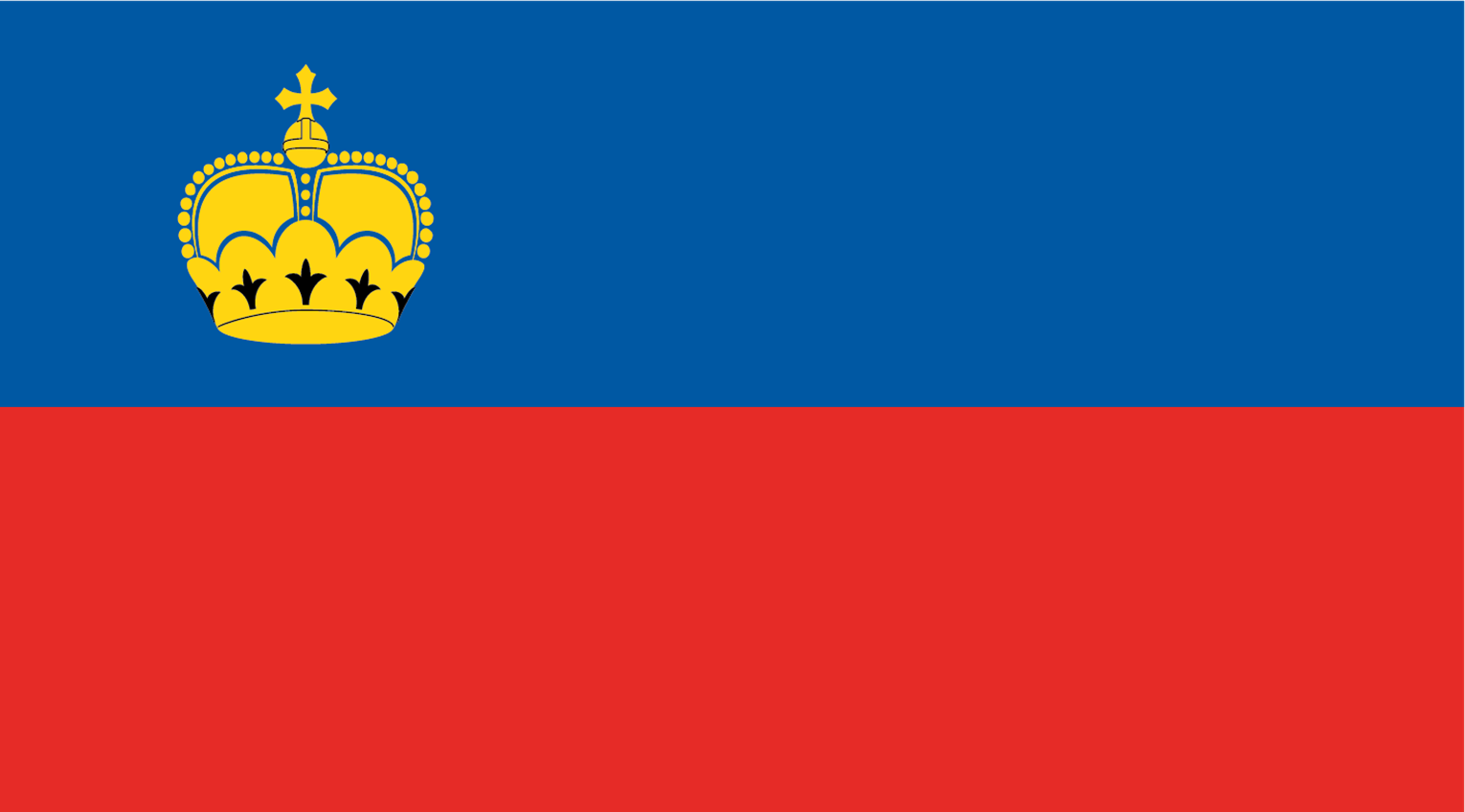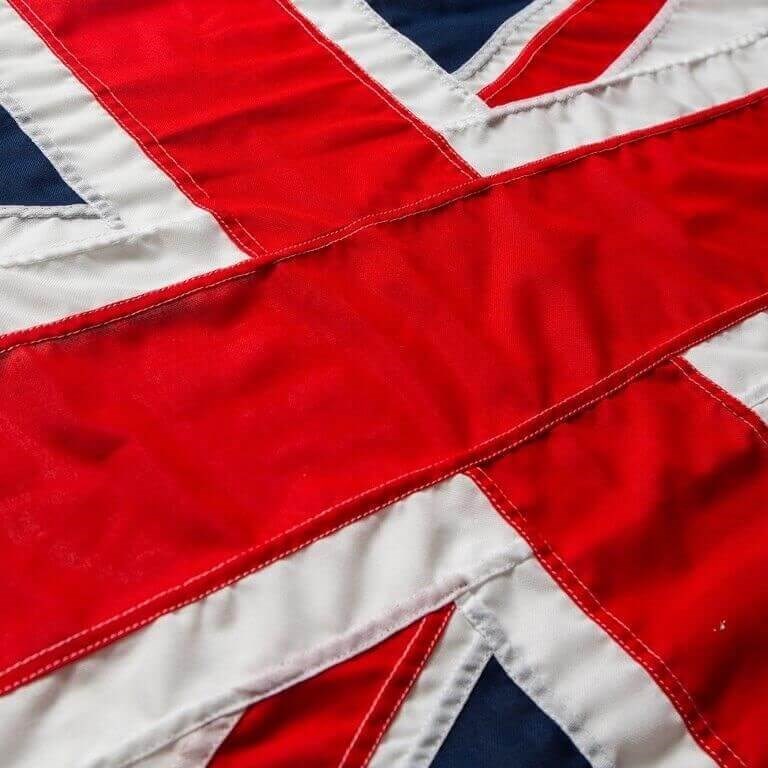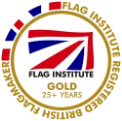Our Liechtenstein flags are made in the traditional 2:1 ratio used for National flags in the UK so this flag will match others of the same size if you are flying several flags together. We use a MOD grade Knitted Polyester which has been tested for its durability and suitability for production of flags.
Trivia
Technical Specifications
| Adopted | 1939 |
|---|---|
| Proportion | 3:5 |
| Design | A bicolour, with the upper half blue and the lower half red. The device of a golden crown is set on the canton. |
| Colours | PMS: Blue: 3015 C; Red:179 C CMYK: Blue: 100% Cyan, 61% Magenta, 24% Yellow, 6% Black; Red: 10% Cyan, 92% Magenta, 95% Yellow, 2% Black |

Brief History
Liechtenstein used to be a province of the Holy Roman Empire, and in 1719, it was awarded sovereign status as a principality. The flag reflected the colours of the Coat of Arms of Liechtenstein.
The flag was changed in 1852. Napoleon had defeated the Holy Roman Empire, and following his defeat, Liechtenstein became part of the German Confederation. It was simply decided that near the end of Aloys II’s reign they would change the colours to match them with the red and blue banner of the Prince.
When the German Confederation collapsed through territorial conflict Liechtenstein became an ally of the Austro-Hungarian Empire. Following World War I the Empire was dismantled and Liechtenstein found itself alone and unaided in the world with a share of the crippling reparations demanded of the Central Powers. In order to protect itself from destruction, Liechtenstein sought monetary union and open borders with Switzerland. Foreign policy, national defense and international relations became the responsibility of the Swiss. In 1921, a new flag was commissioned, reflecting Liechtenstein’s new status in Europe.
Unfortunately, the creators of the new flag had made a critical oversight; this flag design was already in use by Haiti. In the 1936 Berlin Olympics this mistake emerged and the flag was changed the following year to incorporate the Prince’s crown.
Other Flags of Liechtenstein
The coat of arms of the Prince is also the coat of arms of the nation. Two variants are generally used: the great arms and the small arms, both of which share two elements. These are the yellow/red shield of the Princely House and above it, the Princely Bonnet.
In the Great coat of arms:
The first quarter is an Eagle displayed Sable crowned and armed with crancelin Vert pale Gules trefly Argent ending in crosses representing Silesia.
The second is a Barry of eight Or and Sable charged with cracelin Vert which is the Arms of the Kuenring family.
The third Per pale Gaules and Argent being the Duchy of Troppau
And the fourth is Or a maiden eagle displayed Sable the human part Argent crowned and armed of the first on base Azure a Hunting Horn string Or An Escutcheon per fell Or and Gules representing the Arms of the East Fristian family Cirksena. The base is he Arms of the Duchy of Jägerndorf.
The state flag of Liechtenstein bears the great coat of arms at its centre.
Useful Links
Download Our Brochure
Download our electronic brochure to check out the full range of products we can supply you with.
Download NowContact Us
See a flag you like? We can manufacture any flag design in any size, speak to one of our experts to find out more.
Contact Us




